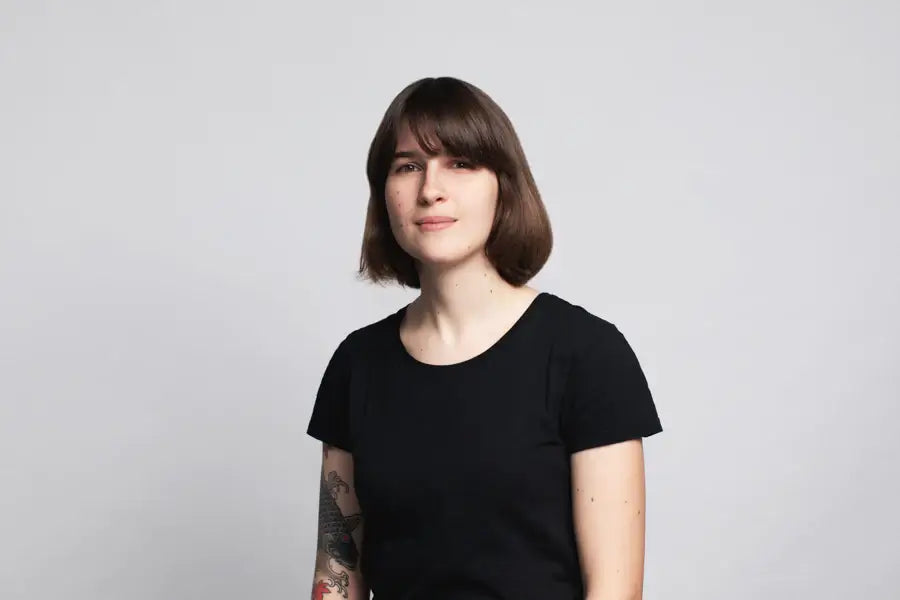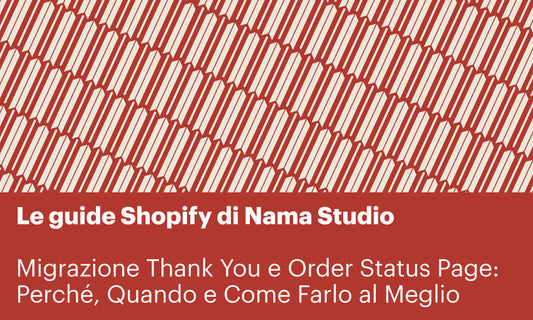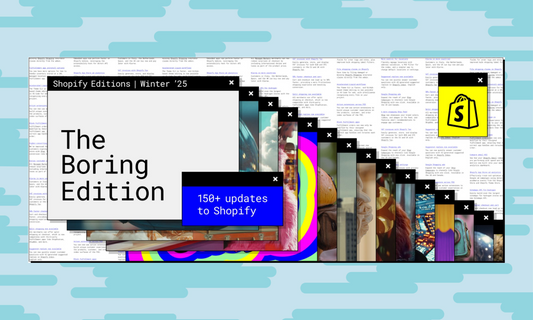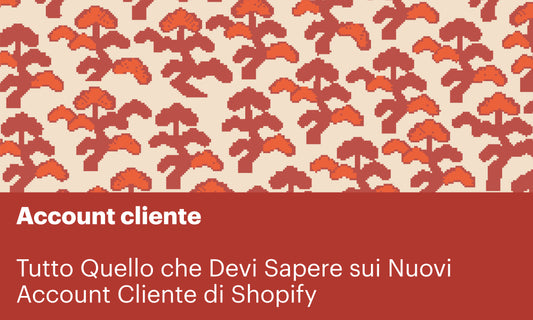Web accessibility is a topic which is still not known and discussed enough, despite 20% of internet users could struggle using a non accessible website. We discussed this topic with Dajana Gioffrè, an accessibility expert that focuses on eliminating architectural and digital barriers.
Dajana Gioffrè is a psychologist, a dog trainer and an accessibility expert. She is the vice president of A.P.R.I., an association that supports people with visual impairment, and Inclusion Manager for Accessiway, technology aimed at making websites accessible through A.I. and providing consultations to completely erase the obstacles that make websites non accessible.
NAMA
Hi Dajana, thank you for joining us for this chat! I would like to start by asking you to define the word “accessibility”. We often think about the accessibility of public spaces, and about the architectural barriers that limit people from entering them. We often forget that there are also social and digital barriers. Could you help us elaborate on this topic?
DAJANA
Hi and thanks for this space to have a chat! In order to discuss accessibility I’d like to start from the concept of barriers: barriers are those structural, digital or social obstacles that prevent someone from reaching their goals or carrying out an activity autonomously. Sometimes barriers are so big that prevent people from executing simple actions like entering a building, for example in the case of an elevator that isn’t big enough for a wheelchair. The exact same thing happens if a blind person needs to book a medical appointment through a website that is not accessible. Accessibility is the approach that comes into play demolishing such barriers and, consequently, applying certain rules and standards to solve the accessibility issues.
NAMA
You work on awareness around accessibility and inclusion. What are the things that are most commonly overlooked? How can, practically speaking, someone acquire more info and resources on the topic?
DAJANA
Disability is a complex topic: it concerns people, and since people are very different from each other it is quite hard to share ideas or recommendations that work in general. I try to tackle different topics depending on the context and the audience I am talking to. I deeply care to raise awareness around discrimination and ableism: disabled people are often discriminated in a kind and subtle way, and this leads them to convince themselves to be “wrong” and B-series people. What I try to communicate is that people with disabilities simply interact with the world in a different way, and this should not be a source of discrimination or fear, but it should intrigue people, since it is one of many ways of discovering and interpreting the world. To learn more about disability there are many media that collect articles on this theme or, luckily, many influencers are starting showing their everyday life as disabled people.
NAMA
In a world that is more and more connected to the internet, website accessibility has become a hot topic, with many questions that still need to be answered. Let’s try to get a better understanding on the topic: what are the main obstacles that make a website non accessible, and what are the most frequent mistakes made by who builds or manages a website?
DAJANA
For years web accessibility has concerned only people with visual impairments, since the main media where web information is transmitted is the desktop or smartphone screen. This means that priority has been given to the enlargement of fonts, color contrast or screen reader compatibility. Nowadays it has become clear that many people with other conditions cannot make full use of digital products: let’s think about the spoken parts of a video for people with hearing impairments, or the usage of a website by people with motor disabilities. Websites that follow the “design for all” rules or that are easy to personalize make it possible to remove digital barriers, allowing everyone to use the web at the 100% of their possibilities.
The most common mistakes usually involve a wrong combination of colors (for example a white writing on a light gray background) or require the user to complete a certain action in a short span of time, for example to register for a service. Speed, unfortunately, is not available to everyone.
NAMA
Accessiway is a tool aimed at solving, through A.I, many of the accessibility issues that websites encounter. Could you explain to us how it works, and how the user experience feels like?
DAJANA
Accessiway’s main product is a plugin that allows website users to autonomously choose their own navigation experience. You can in fact choose between six different profiles, for up to 51 different combinations of settings, like the ones tailored to those who have attention deficit disorder, or sight impairment, or epilepsy, etc. The plugin will directly impact the website interface and will make it way more accessible for the specific condition selected. Of course the AI that powers the plugin sometimes isn’t enough to make a website 100% accessible, and for this reason Accessiway offers also further services of accessibility-focused custom development and support.
NAMA
In an interview at Telecolor Cremona you state that you have decided to fight for people’s right to live a full life regardless of what fate has and had in store for them. A few days ago you were part of an event about accessibility of digital media and entertainment. What makes a website not only accessible, but also enjoyable and entertaining for those who need to use such accessibility features? What precautions can be taken when building a website with this goal in mind?
DAJANA
In general in order to think about accessibility it is important to put yourself into the shoes of who is going to use your website. Building with accessibility in mind means opening yourself and your product towards new possibilities. Usually the entertainment products present obstacles for people with sensory disabilities: deaf people cannot hear what is said and blind people cannot see and understand scenes without dialogues. There are international guidelines that aim at making entertainment products understandable also to disabled people: if you follow those, such products can become almost fully accessible.
NAMA
The association A.P.R.I., of which you are vice-president, works on many projects to protect, support and represent people with visual impairments. How can we support it? Is there any particular project you’d like to tell us about?
The association A.P.R.I. was born in Turin in 1990 and since many years ago it has been protecting the rights of people with visual impairment, with a special focus on young people and children. The opportunities it offers to its members have been growing consistently. We have recently opened a guide dog school that trains labrador puppies to become perfect partners for blind people. For more information you can visit the websites www.ipovedenti.it or www.amicicaniguida.it.




